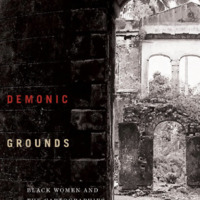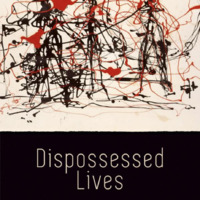Navigating the Roads of Segregation with Joseph McCoy
Traditionally, lynching events, whose victims were majorly black, were public events attended by the white community to celebrate white supremacy. As technology improved over time, there are several books, articles, blog posts, projects and other secondary sources that have been documented online which provide various interpretations of the same story.
To formulate my interpretation, I wanted to apply theories from historians like Katherine McKittrick and Marisa J. Fuentes. McKittrick illustrates the importance of geographies being a way of making the social lives of Blacks visible which are otherwise displaced. She also highlights that geographies allow spatial representation of segregation or oppression and personifies place as humanness, with a skin that can dictate the social situation of a county during a time of racial battles. In this manner, mapping out specific churches or schools during the late 19th century, the time of the lynching, is important to apply McKittrick’s methodologies (McKittrick, 2006).
Another theory I wanted to use was Fuentes’ method of asking questions to critically think about the narrative in a personal point of view (Fuentes, 2016). Some questions that guided my curiosity with the lynching narrative was why white lynching cases exist if the original narrative dictates that power of white domination is important. Moreover, could there have been another motive for such lynching other than a committed crime and if a Black man committed a crime, even if they confess, why are they still lynched. These questions may complicate and disrupt the former narrative and cause doubts about the history in its entirety. I personally believe that applying these two theories is a unique way to interpret this lynching story.
My big overall question that I hope to answer, in the best possible way, is to find out the truth behind the lynching of Joseph McCoy while incorporating the theories of McKittrick and Fuentes. In addition, to guide my narrative, I formulated three sub-questions that I wanted to explore:
- What happened to Joseph McCoy?
- What geographic structures would he have encountered during his life in the 1870s?
- What history is left on these roads today?
References:
McKittrick, K. (2006). Demonic Grounds: Black Women and The Cartographies of Struggle (First Edition). Univ Of Minnesota Press.
Fuentes, M. J. (2016). Dispossessed Lives: Enslaved Women, Violence, and the Archive. University of Pennsylvania Press.
By: Poojita Kondur

